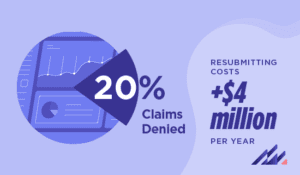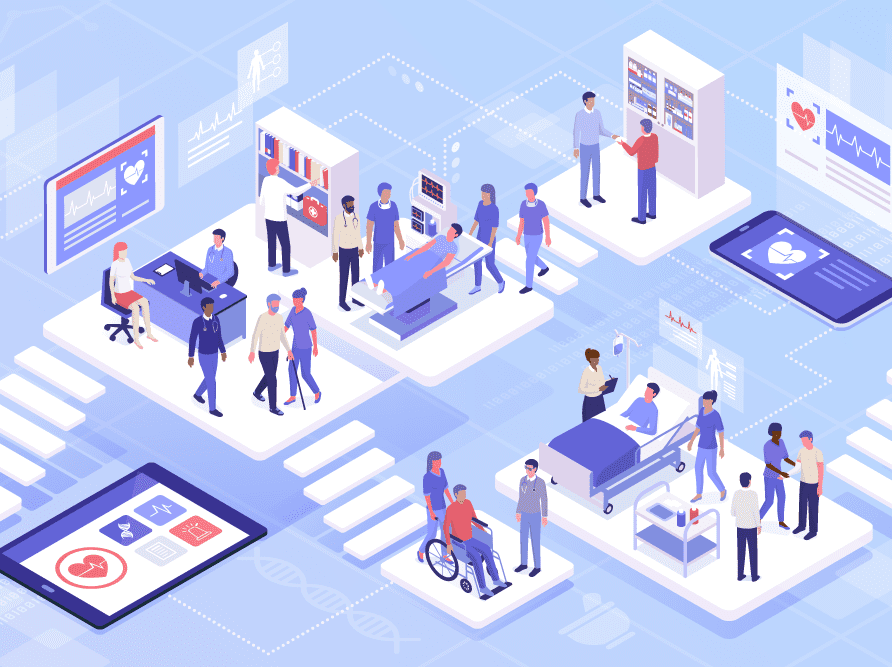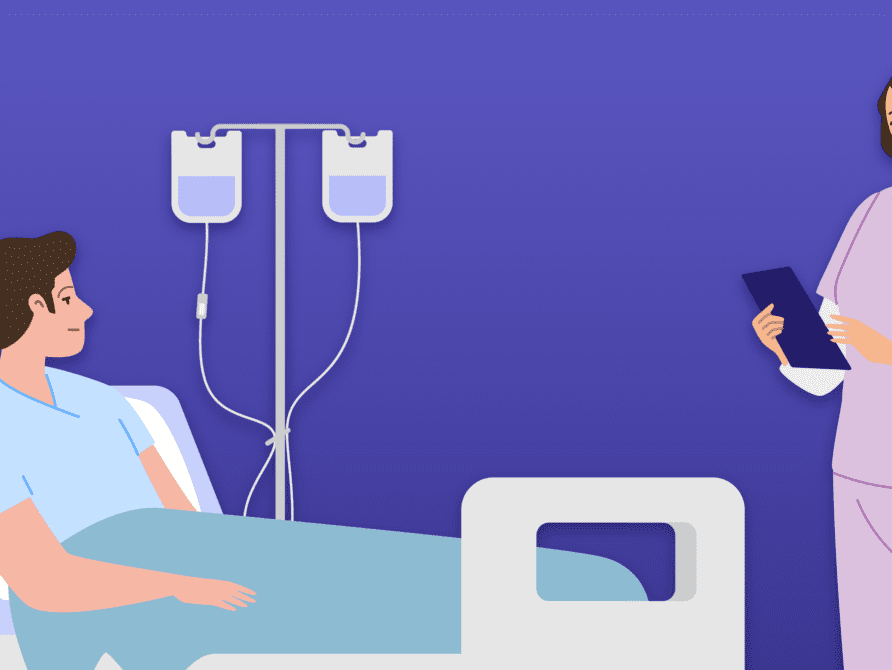Article
Reimagining the revenue cycle with robotic process automation
Today’s healthcare organizations are vetting and implementing digital solutions that were once seen as pipe dreams, from artificial intelligence (AI) to ambient voice technologies. To date, the focus has largely centered on optimizing clinical workflows and improving patient outcomes. However, these innovations also have great potential to transform healthcare beyond the exam room or hospital floor. Leveraging these technologies can also help organizations navigate the financial and operational complexities in our industry.
Let’s examine some of the business challenges organizations are currently facing and how advanced technologies can enable operational excellence.
Balancing priorities—and budgets
Chief financial officers are tasked every day with managing and operating the financial health of their organizations. Many CFOs strive to maintain enough cash to cover 60 days of expenses, but several factors impede this goal. Inflation has increased the burden of high staffing costs. Even when an organization can fill highly specialized billing roles, staff members often spend the majority of their time on low-value revenue generation activities.
In addition to handling complex billing processes, many business offices are also tasked with improving clinical processes on the front end to prevent data-entry errors and maximize reimbursement. If cash flow is disrupted, debt increases, which not only makes it harder to hire and retain staff members, but also may result in hospital unit closures.
The claim-denial process illustrates the delicate balancing act business offices must perform. The typical time spent processing acute patient claims ranges from 4.22 minutes for a general inpatient visit up to 45.55 minutes for an inpatient surgical visit. If there are issues with data completeness or accuracy that lead to a denial, the time spent reviewing, correcting and re-submitting the claim can delay the processing of the claim from 12 hours up to 48 hours before re-imbursement is received by the facility.
 In this scenario, it could take three-to-five days from claim generation to reimbursement. (Keep in mind that business-office staff may prioritize getting new claims out the door, which can prolong the denial process even longer.) According to data from Definitive Health, an average 100-bed hospital submits approximately 115,000 claims per year. On average, 20% of these claims are denied. It costs approximately $181 to resubmit each claim, amounting to more than $4 million per year in total. A single denied claim may seem small, but when added together, errors in the revenue cycle can easily compromise cash flow and financial stability.
In this scenario, it could take three-to-five days from claim generation to reimbursement. (Keep in mind that business-office staff may prioritize getting new claims out the door, which can prolong the denial process even longer.) According to data from Definitive Health, an average 100-bed hospital submits approximately 115,000 claims per year. On average, 20% of these claims are denied. It costs approximately $181 to resubmit each claim, amounting to more than $4 million per year in total. A single denied claim may seem small, but when added together, errors in the revenue cycle can easily compromise cash flow and financial stability.
Reaching revenue cycle excellence
Historically, an organization might have its staff members put in overtime or look for areas of improvement within their revenue cycle solutions to resolve some of these challenges. However, the pandemic has stretched resources and the workforce even thinner.
Robotic process automation (RPA) presents a major opportunity for healthcare organizations to alleviate process pressures in the business office. And because of the service architecture of the Platform of Health, organizations can adopt RPA easier and faster than ever before.
RPA is a software bot developed using AI and machine learning (ML) that replicates actions and workflows normally performed by a human, enabling greater productivity and efficiency. This technology is often applied to highly repetitive, tedious work, making it well-suited to lower-value tasks within the billing office.
While a person may take several minutes to complete a task, a bot can perform the same action within seconds. Additionally, people are typically not productive every minute of the workday, while RPA can operate 24 hours a day, 365 days a year. Supplementing the physical workforce with RPA means business-office staff members can spend more time on higher-value tasks.
At Altera Digital Health, we are leveraging ML on historical claim data within a bot that can identify claims that are at risk for denial and alert human users. This gives staff members an opportunity to correct claims before they are submitted, thus saving time that would be spent correcting and resubmitting claims—and decreasing the time to receive reimbursement. As the RPA “learns” over time, it can suggest actions to correct claims, further reducing time staff members spend on manual efforts. Rules can also be applied to the bot so it can automatically correct claims based on repetitive processes and learnings, removing the need for manual intervention altogether.
In today’s unpredictable healthcare landscape, every incremental improvement counts. With RPA, organizations can accelerate cash flow, reduce operating expenses and quickly see the return on investment in this technology. That is not only a win for the business office, but for the entire organization and its ability to continue providing high-quality patient care for all.
Learn more about Altera’s revenue cycle capabilities here.













